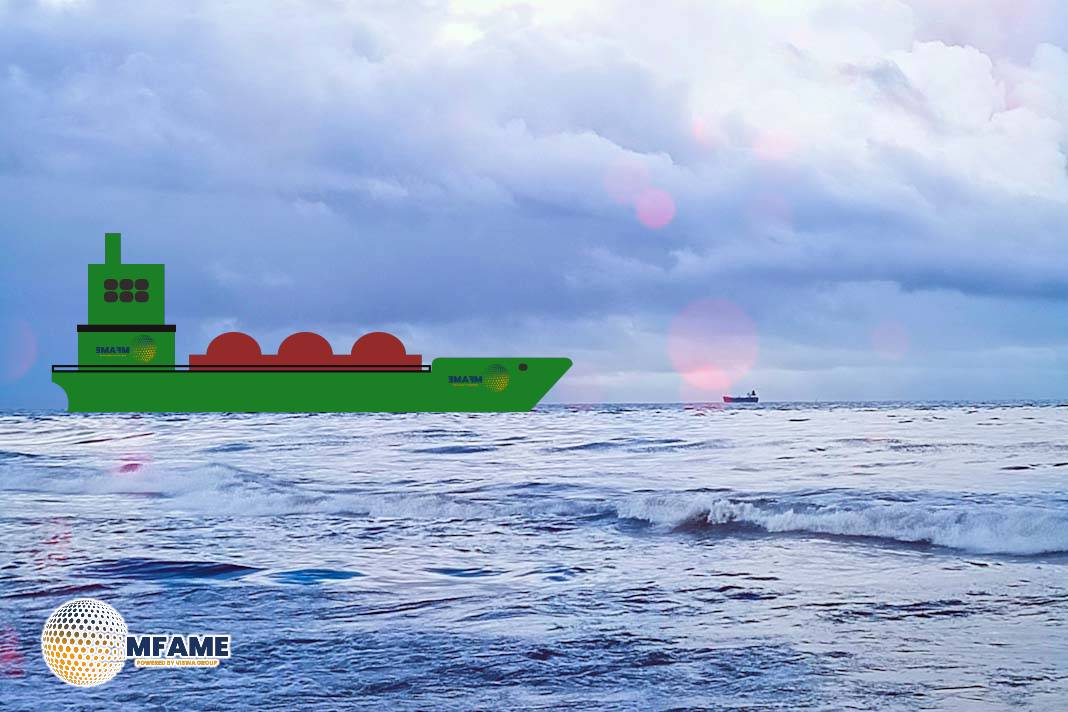- Black carbon emissions pose a heightened climate threat in Arctic waters.
- Increased shipping risks, disturbance to wildlife, and coastal communities.
- Fragile Arctic ecosystem faces a higher risk of oil spills.
China’s Haijie Shipping Company has launched an 18-day Arctic Express Containership Route to Europe. This new route will see vessels navigating the Northern Sea Route, making stops in the UK, Germany, and Poland en route, reports Clean Arctic Alliance.
Clean Arctic Alliance Raises Concerns
Responding to the news, Dr Sian Prior, Lead Advisor to the Clean Arctic Alliance, said: “The Arctic is already under severe stress – its waters are warming and acidifying faster than the global average due to global climate change. As a result, sending container ships across the Arctic raises a lot of red flags.”
Environmental Risks of Arctic Shipping
While this shorter route could help reduce CO2 emissions, the Arctic is still largely untouched when it comes to transit shipping, mainly due to the risks posed by sea ice. Increasing shipping traffic in the Arctic could lead to:
- A greater climate impact from black carbon emissions, which have a much stronger effect in Arctic conditions.
- Disruption to wildlife and local communities caused by underwater noise and other types of ship pollution.
- An elevated risk of oil spills, which could have devastating effects on delicate ecosystems.
Call for Stronger Safeguards
Dr Prior further stressed the need for strict environmental protections: “In addition, the need for ice-strengthened ships or accompanying ice breakers will not necessarily reduce CO2 emissions. Ahead of the development of a new shipping route via the Arctic, an impact assessment should be undertaken and considered strategically to ensure that the highest level of environmental protection be adopted. Any ship operating on this route should be ice-strengthened due to the risk of ice and issued with a polar certification under the international Polar Code. Furthermore, there should be no use or carriage of residual fuels including very low sulphur fuel oil (VLSFO), instead ships should use distillate fuels or other new fuels with low black carbon emissions, and implement noise abatement plans.”
First Voyage Scheduled for September
The first voyage is set to be undertaken by the 25-year-old Liberian-flagged Istanbul Bridge. This containership, which can carry up to 4,890 TEU, is expected to leave from Qingdao, China, in September 2025.
Did you subscribe to our daily Newsletter?
It’s Free Click here to Subscribe!
Source: Clean Arctic Alliance

















